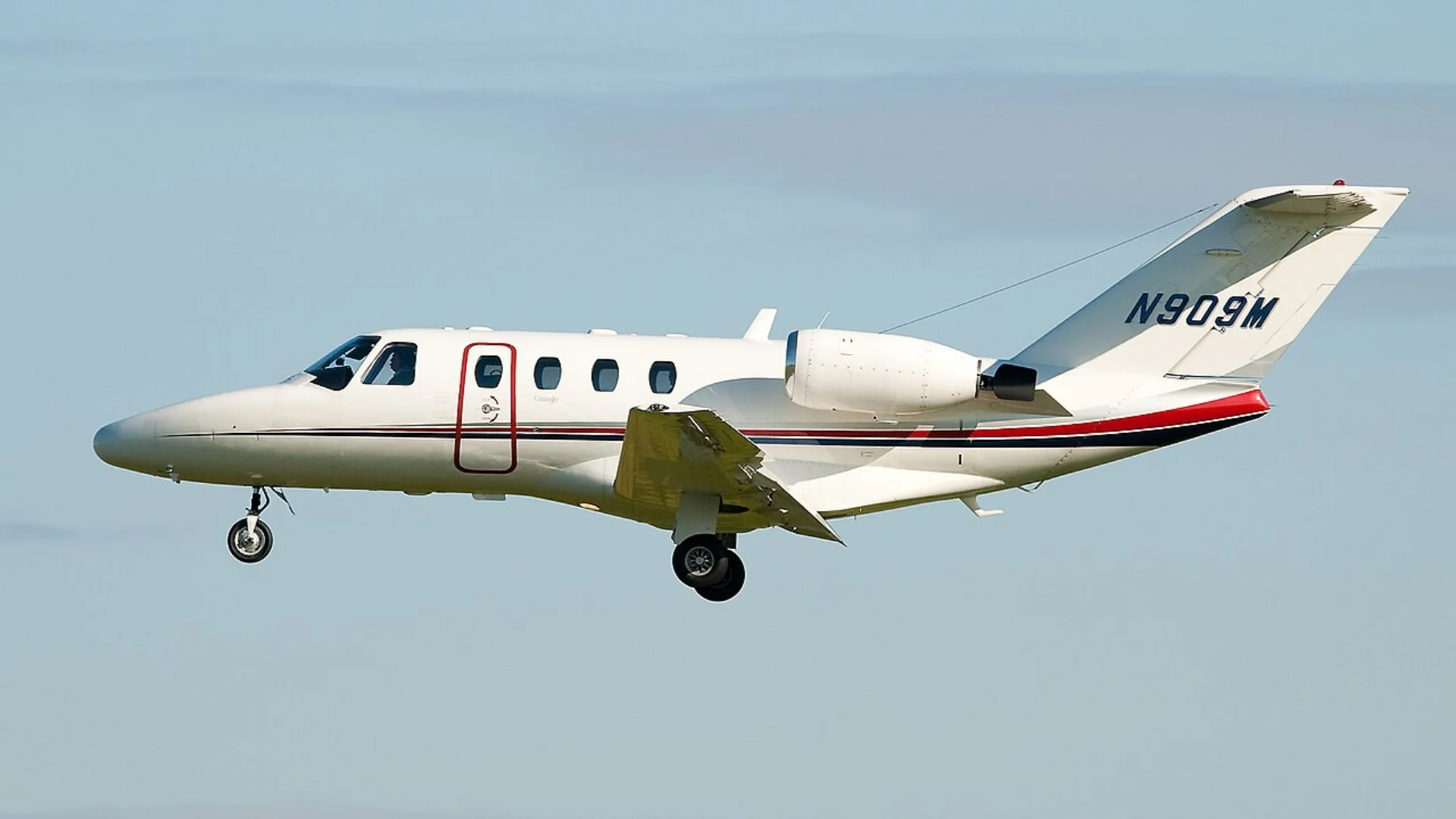Single-pilot jets, such as the Citation CJ series and Phenom series, are designed for operation by one qualified pilot. However, some operators opt to include a second pilot to improve safety, comfort, or efficiency.
Aviation insurance policies often require flexibility when covering unique operational arrangements. A common scenario is when a jet certified for single-pilot use is flown with two pilots. While this can enhance safety and help manage workload, it raises questions about how insurance should be structured—particularly if the co-pilot is present only for emergencies or support and not as an active Pilot in Command (PIC).
If an insurance policy is set up on a required two-pilot basis, most providers will mandate that both crew members meet annual training and currency requirements. These requirements are tied to the premium reductions offered for having a fully qualified two-pilot crew, which insurers consider the safest arrangement. For owners who want to use co-pilots simply as support personnel—such as handling radios or helping with routing changes—these training demands can become costly and burdensome. The challenge increases when using contract co-pilots who may not have completed annual recurrent training specific to the aircraft.
One way to address this issue is to maintain coverage on a single pilot basis and pay any additional premium associated with that choice. This allows owners to use any co-pilot they prefer without being subject to extra training requirements for those individuals—as long as these co-pilots do not operate the aircraft themselves.
"This approach eliminates the training expense for a co-pilot. It also aligns with the operational reality of many owner-flown jets that use a second pilot for support rather than necessity."
"Insurance should support safe and efficient operations, not create barriers. By working closely with underwriters and clearly defining roles, operators can secure coverage that reflects their actual use case while maintaining the highest safety standards."
Operators are encouraged to consult with their AssuredPartners Aerospace broker for assistance in developing an insurance program tailored to their needs.

